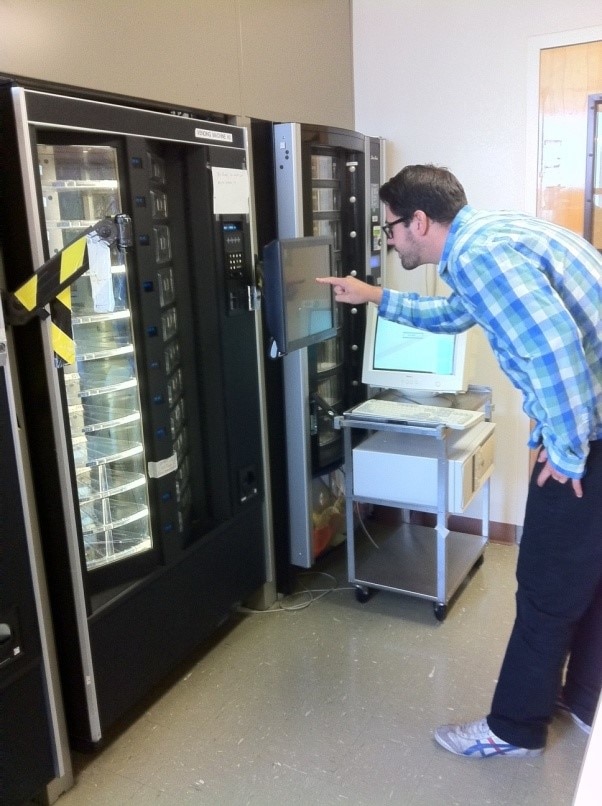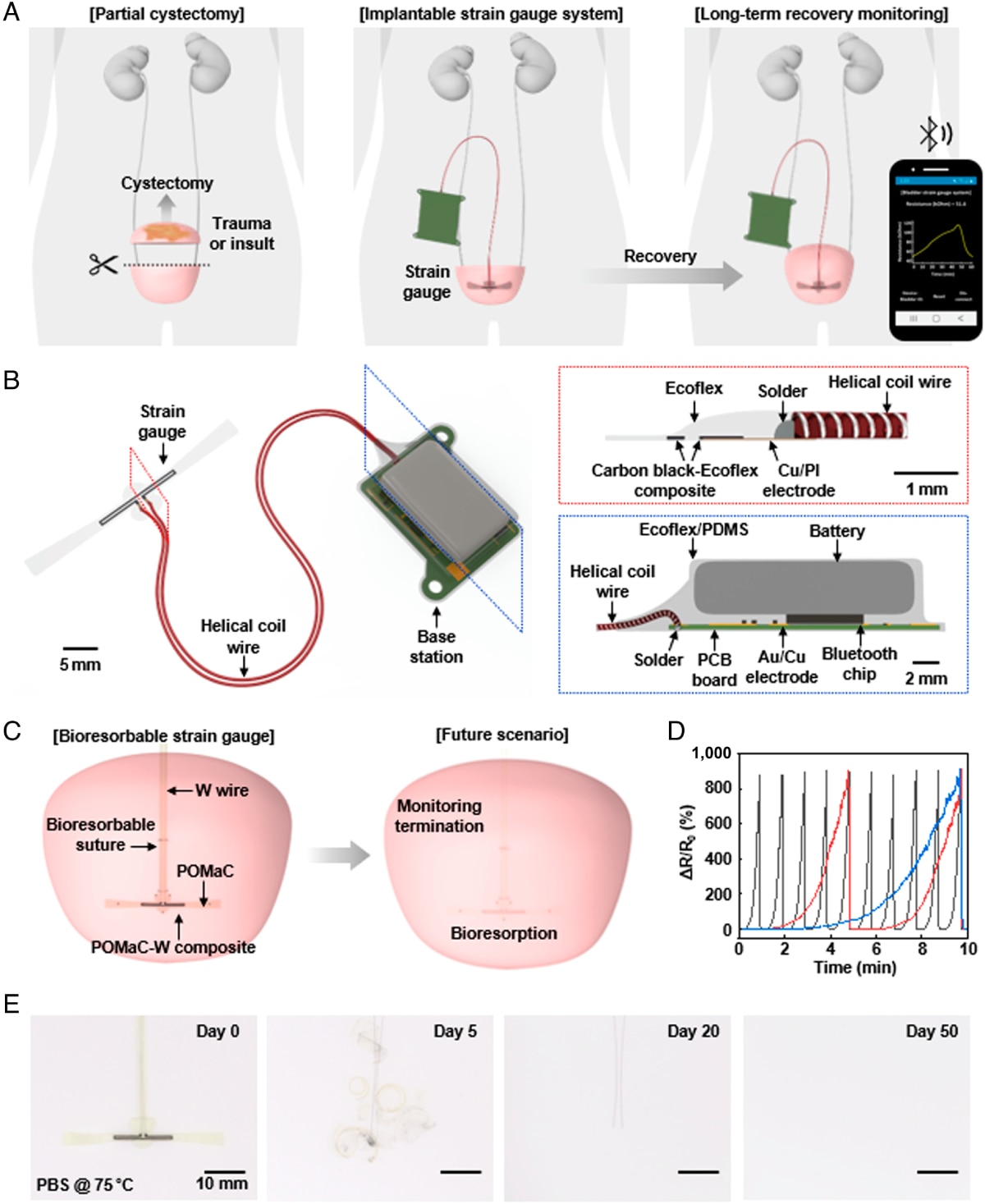Research Updates
Continued type 2 diabetes guidance derived from the NIDDK-supported GRADE Study
 Diabetes Care and Jose F. Caro, M.D. (creator of the cover’s mother and daughter illustration).
Diabetes Care and Jose F. Caro, M.D. (creator of the cover’s mother and daughter illustration).
NIDDK-supported research from the Glycemia Reduction Approaches in Diabetes: A Comparative Effectiveness (GRADE) Study, which compared the ability of four type 2 diabetes medications to maintain blood glucose (sugar) over time when paired with metformin, presented new follow-up findings emphasizing a need for individualized blood glucose treatment in the long-term management of type 2 diabetes. Across 10 additional analyses of GRADE data, researchers have now identified differences in medication acceptance, quality of life, insulin secretion, mortality, and other outcomes among the four previously studied second-line medications. Researchers observed individual patient characteristics were associated with the achievement of lower and higher average blood glucose levels over time. For example, researchers found that early intensification of diabetes treatment among older patients (≥58 years) was not associated with negative outcomes (hypoglycemia or treatment failure), and younger individuals (<58 years) overall, were less likely to maintain blood glucose control over time. These follow-up analyses show clinicians can select second-line treatments based on patient characteristics. Moreover, these characteristics can be used to identify people who are not meeting glycemic goals and who may benefit from treatment intensification. The GRADE report collection was published in Diabetes Care in April.
Early-stage heart disease is detectable via MRI in asymptomatic persons living with HIV
Researchers from NIDDK, NIH’s National Institute of Allergy and Infectious Diseases (NIAID), and the NIH Clinical Center detected signs of early coronary artery disease in asymptomatic, middle-aged people living with HIV (PLWH). Coronary artery disease develops at younger ages and presents differently in PLWH compared to people who are HIV-negative, making early intervention difficult. Using MRI imaging and electrocardiography, researchers measured coronary artery thickness, an early sign of coronary artery disease, and diastolic function, the ability of the heart muscle to relax, in 74 PLWH with no history of cardiovascular disease and compared the results with those of a group of 25 matched controls. The researchers reported increased coronary artery thickness in PLWH was associated with impaired diastolic function (impaired heart muscle activity) and duration of exposure to the anti-retroviral therapy didanosine. The study, which was published in Radiology: Cardiothoracic Imaging in April, uncovers an avenue for early heart disease intervention for PLWH and demonstrates a need for additional research on how HIV affects the heart.
 View full-sized image Credit: Cardiothoracic Imaging
View full-sized image Credit: Cardiothoracic Imaging
Metabolic response to cold environments is influenced by body size and composition, not sex
In an NIDDK study comparing thermoregulation (ability to maintain a constant internal body temperature) between women and men 18 to 35 years old, researchers found heat generation and loss were regulated similarly among both groups, despite variation in body shape and size. Data was collected from 16 women and 12 men at a range of temperatures (63 – 88°F) in a whole-room indirect calorimeter under controlled conditions (clothing, diet, and physical activity) to compare inter-individual variation in metabolic activity (energy use) at cold temperatures.
The researchers hypothesized that, if women were less thermally adapted to the cold than men, thermogenesis (heat production) in the group would increase above baseline at warmer temperatures. Study results showed women increased metabolic activity at cooler temperatures on average than the men (21.9 ± 1.3°C vs. 22.9 ± 1.2°C), which was attributed to increased body insulation associated with higher percentage of body fat.
The researchers did not find sex-based differences in other secondary measurements collected, including self-reported thermal comfort, muscle electrical activity, and brown fat glucose (sugar) uptake. These results suggest body temperature regulation is primarily influenced by both body size and composition, dispelling commonly held beliefs regarding differences in how men and women physically respond to the cold. This research was conducted at the NIH Clinical Center Metabolic Clinical Research Unit and published in the Proceedings of the National Academy of Sciences (PNAS) in April.
Gut bacteria may reduce cholesterol and lower heart disease risk
 Credit: Ahmed Mohamed, Broad Institute Rod-shaped Oscillibacter sp. bacteria take up fluorescently labeled cholesterol (here shown in green).
Credit: Ahmed Mohamed, Broad Institute Rod-shaped Oscillibacter sp. bacteria take up fluorescently labeled cholesterol (here shown in green).
Research partially funded by NIDDK identified bacteria species that break down cholesterol in the gut, which may lower cholesterol and heart disease risk. Researchers analyzed the microbial genome in stool samples of more than 1,400 participants in the NIH-supported Framingham Heart Study using a deep-learning algorithm. The team discovered that people with higher levels of certain bacteria, including a species called Oscillibacter, had lower levels of cholesterol. They validated this observation by growing and feeding cholesterol to Oscillibacter strains grown from the stool samples. The bacteria broke the cholesterol into smaller molecules that don’t raise the risk of cardiovascular disease. Another bacterium, Eubacterium coprostanoligenes, was also associated with lower cholesterol and had a synergistic effect with the Oscillibacter bacteria. The study was published in April in Cell and appeared in NIH’s Research Matters.
Being metabolically inflexible may increase calorie intake
 Refrigerated vending machines used in the study contained a wide selection of breakfast, lunch, and dinner options.
Refrigerated vending machines used in the study contained a wide selection of breakfast, lunch, and dinner options.
In a new study, NIDDK researchers looked at how the body responds to fasting, or not eating anything for a period of time. Study participants stayed in a special room that could accurately measure how much energy their bodies were using. After consuming a normal diet for three days, the participants went through two 24-hour sessions in this room. In one session, they ate normally. In the other, they fasted. For the 24 hours after each session, the participants could eat as much as they wanted from a variety of foods in refrigerated vending machines.
The researchers found that people who have trouble switching between burning carbohydrates and burning fat during fasting (metabolic inflexibility) tend to eat more calories after the fasting period, compared to people who can more easily switch between these fuel sources. This finding suggests that the ability to be "metabolically flexible" and adapt one’s fuel usage may be an important factor in overeating and weight gain. The study, which was led by scientists in NIDDK’s Phoenix Epidemiology and Clinical Research Branch, was published in April as an “Editor’s Choice” selection in Obesity.
Practice facilitators embedded in primary care practices increased use of guideline-directed therapies but did not lower hospitalization rates
In an NIDDK-funded randomized study of patients with chronic kidney disease, type 2 diabetes, and hypertension, researchers investigated whether embedding practice facilitators into primary care practices would decrease hospitalizations when compared to standard of care clinics. The study included more than 11,000 patients from 141 primary care clinics.
Researchers concluded that more preventative cardiovascular, diabetic, and chronic kidney disease care was delivered in clinics with practice facilitators than in standard of care clinics; however, the embedded practice facilitator approach did not reduce hospitalizations at one year. Secondary outcomes (emergency department visits, readmissions, cardiovascular events, dialysis, or death) were also not significantly different between the two study groups. The risk of an adverse event was similar in both groups as well. The study, which published in the New England Journal of Medicine in April, suggests that more understanding is needed to effectively deliver guideline-directed therapies to this population.
Deeper understanding of retinoic acid may lead to new ways to treat kidney disease
A recent NIDDK-supported study from Cornell University sheds light on a new role of retinoic acid, a metabolite of vitamin A, in the development of chronic kidney disease (CKD). Signs of late-stage CKD include progressive fibrosis and proximal tubules damage. Researchers found in a mouse model that retinoic acid receptors (RARα), particularly those within the proximal tubules, are crucial for the normal development of kidneys and their ongoing health. Deletion of RARα resulted in increased inflammation, interstitial fibrosis, and decreased kidney function over several months, reflecting features of CKD in people. Of note, female responses to the deletion of RARα in models were greater than in males, providing opportunity to study the diseases mechanisms in females in the CKD models. Researchers then restored RARα levels by administering retinoic acid, which reduced fibrosis in previous studies. The research appeared in the Proceedings of the National Academy of Sciences (PNAS) in February and points to potential innovative approaches to therapies for CKD.
 Representations of Masson’s Trichrome-stained kidney cortices from mouse models: males and females with deleted retinoic acid receptors at 3 months and 4.5 months post-tamoxifen (n = 4/group) and wild-type males and females (n = 3/group) age-matched to the 4.5-month post-tamoxifen group.
Representations of Masson’s Trichrome-stained kidney cortices from mouse models: males and females with deleted retinoic acid receptors at 3 months and 4.5 months post-tamoxifen (n = 4/group) and wild-type males and females (n = 3/group) age-matched to the 4.5-month post-tamoxifen group.
Wireless, implantable system can monitor bladder function
In a new NIDDK-supported study, a team from Northwestern University introduced a wireless implantable device to continuously monitor bladder function. Researchers created an ultrathin stretchable sensor that encircles the bladder and measures mechanical strain as the bladder fills or empties in real time. Data gathered by the sensor is sent to a smartphone or tablet via Bluetooth. Published in April in the Proceedings of the National Academy of Sciences, the device holds promise for people with disrupted bladder signaling, which can result from bladder cancer, paralysis, spina bifida, or invasive bladder procedures, as current tests that assess lower urinary tract function provide snapshot measurements only. The implantable wireless system functioned for 30 days following implantation in rodent models and up to 8 weeks in nonhuman primate models, indicating a promising alternative for monitoring bladder function and the potential for enhancing patient care.

Accessible Image Description
A.) shows a schematic illustration of the technology and envisioned clinical use case. Following a partial bladder cystectomy, the system continuously monitors filling and voiding dynamics through a soft, stretchable strain gauge that encircles the bladder and a companion wireless module that streams data to an external device using standard Bluetooth Low Energy (BLE) communication protocols. The resulting information provides insights to aid in care decisions associated with postoperative recovery and healing, potential complications due to infections, and other processes. B.), present schematic illustrations and a photograph of the strain gauge and its helical interconnection to the wireless base station, respectively. A critical feature of the gauge is that it avoids any significant mechanical constraint on the natural processes of filling and voiding of the bladder, through the use of ultrathin, low modulus designs. The device exploits a silicone elastomer with low cross-linking density (Ecoflex 00-30), with a sensing region that contains particles of conducting carbon at loading levels slightly above the threshold for percolation electrical transport (16–18). The system can be designed as either a permanent implant for chronic monitoring or as a temporary device based on bioresorbable materials, specifically on poly(octamethylenemaleate (anhydride) citrate) (POMaC) and tungsten (W) particles (19–22). In this latter iteration, the strain gauge dissolves and disappears in the body to eliminate device load on the bladder after a period of clinical need (C.). D.) shows the relative change in resistance of such a bioresorbable strain gauge following injection of saline into a bladder mimic at three different rates. E.) illustrate the process of accelerated dissolution in phosphate-buffered saline (PBS, pH = 7.4) at 75 °C. The focus of the following description is on the permanent version of the device.

